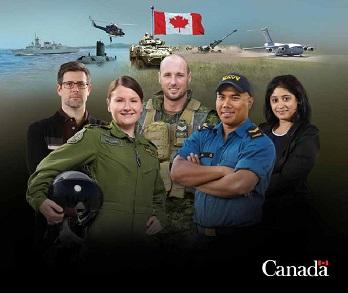Canadian Defence Policy Briefing Papers

Briefing papers on Canadian Defence Policy by Ernie Regehr, O.C., Senior Fellow in Arctic Security and Defence, The Simons Foundation Canada.
About Canadian Defence Policy briefing papers:
The public consultations on the 2016/2017 Canadian defence policy review engaged Canadians beyond officialdom and the established “defence community,” and led to the May 2017 release of “Canada’s Defence Policy: Strong, Secure, Engaged.”
The following briefings contributed to the consultation process in advance of the policy release, and continue as an ongoing contribution to the further public discussion of Canadian defence policy, including attention to the defence of Canada and North America, Canada’s contributions to international peace and security, and key procurement and program decisions.
Ernie Regehr, O.C.
Senior Fellow in Arctic Security and Defence
The Simons Foundation Canada
eregehr@uwaterloo.ca